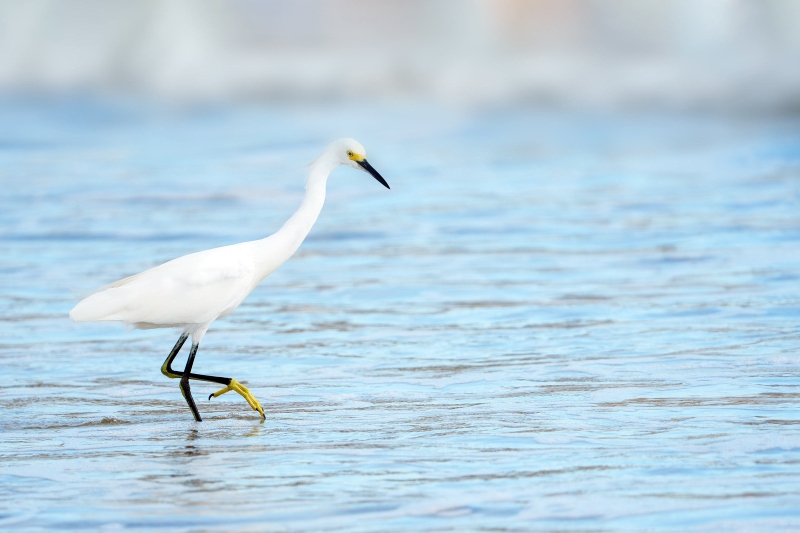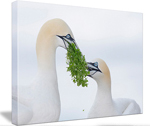Technology Hell
As you may have figured by now, we are again experiencing technology hell here at the BIRDS AS ART blog, primarily involving pot notifications. I am able to publish a blog post, but unable to let folks know about a new post. If you are reading this, you wound up here out of curiosity. Thanks for visiting. We should have things straightened out in a week or so at most. We hope.
Blog-master Peter Kes, now living in South Africa, and I working hard on a solution. As the blog may be down for a day or two in early October as we are moving to a new hosting company, you may want to copy and paste this page for study. After that, we will get back to tackling the post notification problems 🙂
Eugen Dolan is having a great time and learning beyond a ton despite the poor weather and many sessions with challenging wind-against-sun conditions. There are more Ospreys fishing and catching every day. Get in touch via e-mail if you would like to join me at Sebastian in November.
|
|
|
This image was created on 26 September 2025 at Sebastian Inlet State Park by IPT veteran Eugen Dolan, visiting from Vancouver for 28 days. Standing at full height, he used the handheld Sony FE 200-600mm f/5.6-6.3 G OSS lens (at 600mm) and The Latest Greatest Flagship Body, the Sony a1 II Mirrorless Camera. The exposure was determined via Zebras with ISO on the Thumb Wheel. ISO 1600: 1/1250 sec. at f/6.3 (wide open) in Manual mode. RawDigger showed that the exposure was dead-solid perfect. RawDigger showed that the exposure was perfect. AWB at 8:40:42am on a mostly sunny morning. Wide/AF-C with Bird-Eye/Face Detection performed perfectly. Click on the image to enjoy the larger, inexplicably sharper high-res version. Image #1: Snowy Egret |
Learning to Make Great Action Shots!
Most folks want to learn to create fabulous action shots depicting bird behaviors, birds interacting, and especially, dramatic photos of birds in flight. My response is aLways the same: the first step is to learn to create sharp, well exposed, pleasingly designed images of birds standing still doing nothing. Once you learn to do that consistently, the rest will follow.
As far as pleasingly designed, remember the Mike DeRosa rule: more room in front of the bird than behind, more room above the bird than below. After that it is simply a matter of mastering the process. With this simple yet elegant frame, Eugen has checked all the boxes. The raised foot is a bonus.
Again — and it bears repeating, many folks state that they want to create prize-winning images of birds in flight and in action. I urge them (and you) to first learn to create excellent static portraits by mastering the 16 points below. Only after you can do that consistently will you be ready to step up to the next level. One step at a time. Don’t be sloppy or careless. Press the shutter button only when you mean it! Exception: when shooting flight and action, shoot aggressively; do NOT wait for perfect.
The Basics That Many Folks Ignore but Everyone Needs to Master
Bookmark and Study This Page
1- Look for good situations. Learn to see the shot. Don’t just see the beauty of the bird, look for clean backgrounds: birds on small rises or ridges, or those perched on a clean branch or on an elevated rock. When working a group of birds, it is usually best to isolate by getting closer or adding a teleconverter. This skill is best improved by attending one of more Instructional Photo-Tours. And by getting down on the ground when photographing shorebirds!
2- See the background, not just the bird. Cluttered backgrounds, those with sticks and branches, those with unusually light or dark areas, those with crap and crud in the water, and/or those that are close to the bird should be avoided. Be sure to check the edges of the frame. And look for lots of distance from the subject to the background. As a general rule, the farther the background is from the subject, the softer, more de-focused, and more pleasing it will be. Note that as you get closer to the subject, the background will become softer.
3- Practice your stalking skills so that you can get learn to get reasonably close to a bird without scaring it off.
4- Strive to position yourself so that the plane of the bird’s body is parallel to the plane of the imaging sensor (or angled to some degree towards it and you). If the bird’s tail is closer to you than its head, you are shooting up the bird’s butt. Such photos are only very rarely successful. In any case, strive to stop down in those situations, and wait for the look back head angle.
5- Get down to the bird’s eye level — yes, that often means getting down on the ground. Doing so will often clean up otherwise distracting backgrounds. Similarly, shooting up at a bird atop a pole or a tree will usually not produce pleasing images.
6- On sunny days especially, consider the sun/light angle. In general, it is best to have the sun right behind you so that your shadow points to within ten or fifteen degrees (at most) of the subject. Remember that on cloudy days, the light still has a direction; you always want that light behind you. Paying attention to sun angle reduces or eliminates distracting shadows.
7- Understand that birds will generally fly into the wind, face into the wind when perched or on the ground, and take off into the wind. Thus, by understanding the relationship between sky conditions and wind direction, it is often possible to know in advance whether you should stay home of get out there. Furthermore, on cloudy days it almost always pays to keep the wind at your back.
8- Set a shutter speed that will allow you to create a sharp image. See the blog post and video here.
9- Select an AF mode or point that will yield the framing that you want, and ultimately, a pleasing composition. If you are using a zoom lens, zoom in or out as needed. For images of the whole bird, be sure to avoid clipping wingtips or feet. And remember, if an object is worth including in the frame, it is generally best to include the whole thing with at lease a small border around it.
10- Set a good exposure by adjusting the ISO.
11- Keep the lens as still as possible. With long lenses, using a tripod is often best. If not, try to improvise.
12- Be aware of the bird’s head angle. Depending on the situation, you will usually want the bird’s head turned one to three degrees toward you.
13- Depress the shutter button gently. Do not jab it.
14- Work to improve your post-processing skills.
15- When using a zoom lens for birds, get in the habit of keeping it zoomed in to the longest focal length. Then, you can always zoom out when needed.
16- In general, understand that when the sun is shining, the camera’s meter will yield a decent exposure, usually plus a small bit of light. But when it is cloudy or when you are working in the shade, you will need to add two or more stops of light when working with light-toned scenes and backgrounds.
As for using a tripod, there are many advantages of using a decent tripod topped by a Levered-clamp FlexShooter Pro:
1- Making sharper images at slower shutter speeds (and correspondingly lower ISOs).
2- Slowing you down thus allowing you time to check your exposures and your framing. That said, there are times when one or two seconds can make or break you. The more familiar you are with your gear, the better you will be able to succeed when time is of the essence.
3- The Levered-clamp FlexShooter Pro enables smooth, level panning when on a tripod, especially when doing flight photography on a tripod.
Best Advice
If you can afford an IPT and have some matching free time, sign up ASAP. Check out the possibilities here.
If you cannot afford an IPT and/or cannot take time off to attend one, consider these suggestions for improving:
1-Subscribe to the blog and read and study it here.
2-Purchase and study the information in the two-book bundle here. Study them. They will become your bird photography bible.
3- Purchase and study the BAA Current Workflow e-Guide (Digital Basics II) here, the Digital Basics III Video Series, and the Digital Basics IV Video Series.
4- Join BirdPhotographers.Net here and start posting your images in the Avian Forum.
5- Look at and study as many top notch bird photographs as possible. Ask yourself what it is that you like about each image, what it is that you do not like, and how the photo might have been improved either in the field or at the computer.
Typos
With all blog posts, feel free to e-mail or to leave a comment regarding any typos or errors.















Artie
Looks like your teachings are paying off for Eugen. Love the egret. Being a nitpicker I’d say that the water behind the raised foot looks like an out of focus toe. It drew my attention and maybe a smidge more behind the Egret ….Oh well.
However I love it. Can’t wait top see some diving action with the pelicans eating Ospreys. 🙂
Always with love b
Hey Bob,
That is not nitpicking. I cannot believe that I missed the little brown toe. It has been removed 🙂
Many thanks, much love, a
ps: Nitpicking is the act of focusing excessively on tiny, unimportant details to find fault with someone or something, often with a negative attitude and especially when done in a petty or critical manner.